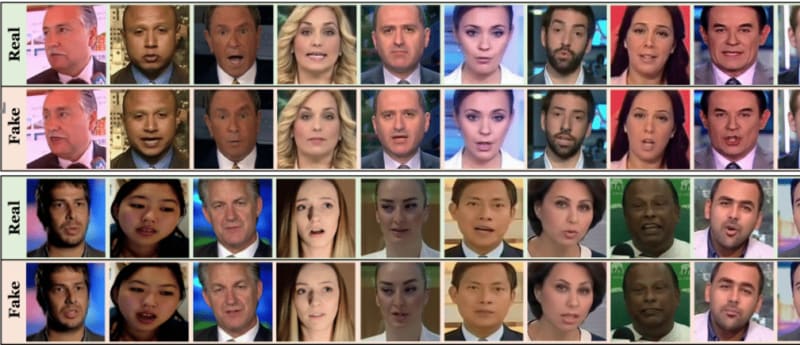Introduction:
In recent years, deepfake technology has risen to prominence as a formidable tool capable of creating hyper-realistic artificial media, predominantly videos, through the synergistic utilization of deep learning and artificial intelligence algorithms. While its potential advantages are undeniably enticing, the misapplication of deepfake technology carries significant risks ranging from personal to societal levels. This blog aims to explore the perils of deepfake, providing notable instances as illustrations, while also acknowledging its benefits and the latest strides made in relation to this contentious technology.
1. Understanding DeepFake:
Deepfake, a portmanteau of "deep learning" and "fake," encompasses the process of manipulating or synthesizing media content, frequently utilizing artificial intelligence techniques. It employs deep learning algorithms trained on vast amounts of data, enabling the creation of deceptively realistic videos, images, or audio that can hardly be distinguished from actuality.
2. The Perils of DeepFake:
a) Fake News and Misinformation: The potential weaponization of deepfakes for political or social manipulation poses a grave danger. By presenting false information as authentic through manipulated videos, deepfakes have the ability to deceive the public, undermining trust in traditional media sources.
b) Defamation and Blackmail: Through deepfakes, malicious actors can fabricate damaging videos or images, sullying reputations and inflicting significant harm upon individuals, organizations, or public figures. These manipulative creations may also serve as tools for extortion or blackmail.
Examples: Infamous deepfakes involving political figures or celebrities exemplify the dangers and potential consequences of this technology, such as falsified statements from world leaders or explicit videos disseminating false allegations.
3. The Benefits of DeepFake:
a) Entertainment and Creativity: Deepfake technology unlocks unique avenues for entertainment and creativity in film, television, and digital media. It allows actors to embody younger or older versions of themselves, breathe life into historical figures on screen, or seamlessly incorporate deceased actors into new movies.
b) Empathy and Education:By offering realistic depictions, deepfake technology can foster empathy and understanding. It enables viewers to experience historical events firsthand, while also aiding language translation and accessibility through lip-synced translations for individuals with hearing impairments.
4. Recent Advancements in DeepFake:
a) Detection Systems: As deepfake technology evolves, so do its countermeasures. AI-powered systems are being developed to identify and flag deepfake content, employing algorithms that analyze inconsistencies and artifacts that distinguish manipulated videos from authentic ones.
b) Regulations and Policies: Governments and technology companies are increasingly recognizing the necessity for regulations and ethical guidelines to combat misuse. Efforts are underway to establish legislation that holds individuals accountable for malicious or non-consensual use of deepfake technology.
Conclusion:
While deepfake technology undeniably presents genuine risks to society, solely dismissing it disregards its potential benefits. Striking a balance between mitigating misuse and exploring its positive implications is crucial. Continued research into detection and regulation, accompanied by responsible usage, can ensure the responsible evolution of deepfake technology, enabling it to find its rightful place within the ethical boundaries of our society.
a blog by Raihan Mohammed Rafeeq
21BAI1600










Top comments (0)